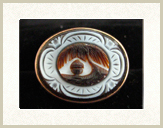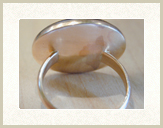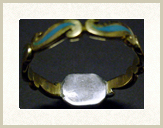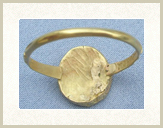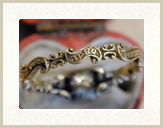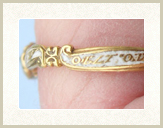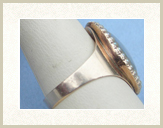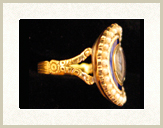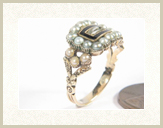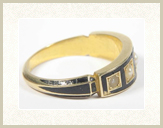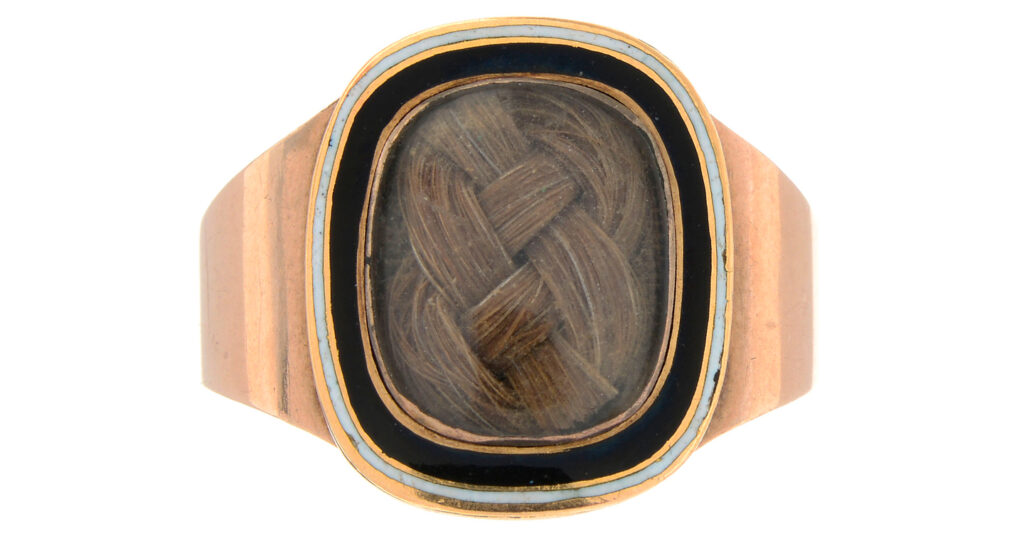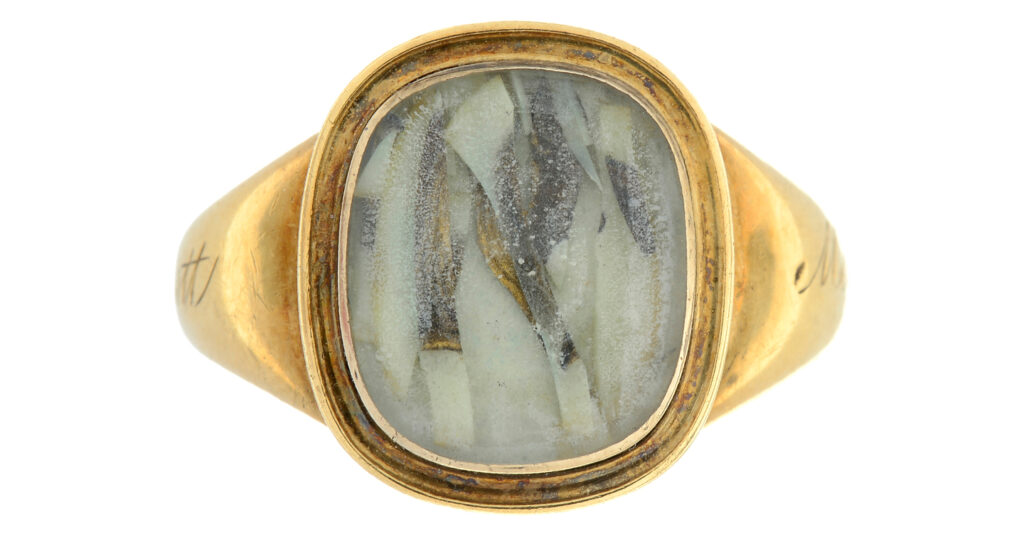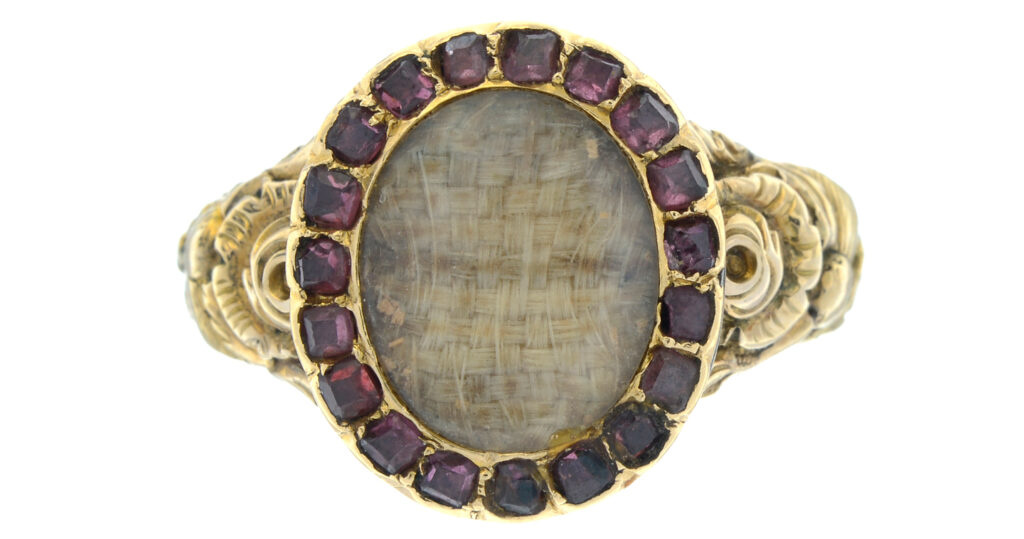Hold the Shank
One of the easiest ways to spot the age of a ring is from the shank. Don’t believe me? Well, you’re in for a shock. What’s the best way to tell a piece verging on Rococo from Baroque? If you’re excellent with your Stuart Crystals, then you know your stuff, but for the rest of us simple folk, we need a good point of reference.
Read on for a quick guide!
Know Your Art
The first thing to start learning when collecting are the broad areas of art history and its changing styles. Often in bands and the shank of popular rings, the change in style was very easy to adapt. Bordering the Neoclassical period, the Rococo and the Neo-Gothic are easy to spot, whereas much of the Neoclassical period pieces at their height simplified the shank to either clean geometric lines or simple forms that conformed to the finger and housed the miniature ivory/memento in the bezel (see navette rings).
Is It or Isn’t It?
When looking at the shank, it’s best to remember one thing; quite a few are replacements/altered or added at a later date. A lot of mourning jewels are even converted slides, brooches or pins, so you have to be careful. What to look out for are obvious mismatches in styles. If you have a Stuart Crystal and it’s set in a thick gold band with no embellishments and little wear, tend to be suspicious.
Does it look like that giant hair memento would look more at home as a rapper’s knuckle ring? Is the setting oversized? Are the proportions completely off? Be aware. The piece to the left is a beautiful 18th century sardonyx cameo set into a 19th century (or later) setting. It’s quite unwieldy to even try and wear, it belongs in a brooch or pendant.
The last thing to note is solder. If there’s an obvious join to the bezel, take note, it may just be repair or it may be an addition. Is the bezel curved or does it look like it should be joining onto a shank? Be aware!
Also good to note is the mismatch of styles, if someone is trying to sell you a ring that has a very naive style or mismatched gold, such as the ring here, then be sure that something is certainly wrong.
Here’s a quick look at some typical styles:
Note the heavy Baroque scroll to the band…
To the more simplistic Rococo
While the neoclassical period took the form factor of the wearer and placed emphasis on the presented art:
See the continuity of the shanks, notably this very organic, floral pattern
To this very similar (though nearly 30 years later) style:
Mid 19th Century kept the back of the shank typically simple, but moved all the embellishments closer to the bezel:
Late 19th Century work was much more streamlined and simple, less common were motifs adorning the shank:





